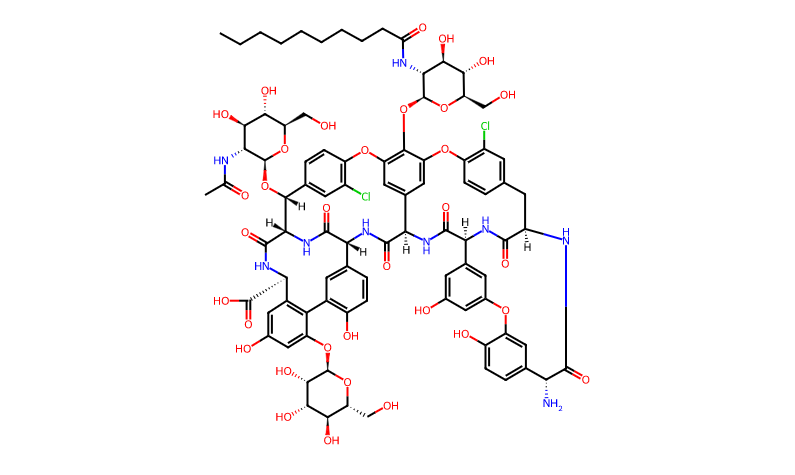- Synthetic anti-infective drugs
- Medications for the digestive system
- Antipyretic and analgesic drugs
- Medications for the blood system
- Medications for the respiratory system
- Anti-allergic drugs
- Medications for the urinary system
- Diagnostic medications
- Immunosuppressive and immunomodulatory drugs
- Vitamins and mineral supplements
- Antioxidants and medications for osteoporosis
- Antiparasitic drugs
- Ophthalmic medications
- Amino acids and their derivatives
- Dermatological medications
- Medications for the circulatory system
- Antitumor drugs
- Medications for the nervous system
- Hormonal and endocrine function-regulating drugs
- Antibiotics
- Others
CAS No.: 61036-62-2




Basic Information
Product Name: Teicoplanin
CAS Number: 61036-62-2
Molecular Formula: Varies depending on the specific compound or mixture, examples include C88H97Cl2N9O33 or C130H175Cl2N9O37R6
Molecular Weight: Also varies, with reported values ranging from 1879.66 to 2526.73
Physical Properties
Appearance: White to off-white solid
Density: Approximately 1.69 g/cm³ (as per certain sources)
Refractive Index: 1.76 (as per certain sources)
Storage Conditions: Typically stored at -20°C with a shelf life of up to 2 years. Once dissolved in a solvent, it is recommended to use within one month when stored at -20°C.
Chemical Properties
Structural Characteristics: Teicoplanin features additional fatty acid side chains on its peptide backbone, enhancing its lipophilicity and facilitating penetration into tissues and cells.
Mechanism of Action: Similar to vancomycin, teicoplanin exerts its antibacterial effect by disrupting the synthesis of bacterial cell wall peptidoglycan. It binds to the D-alanyl-D-alanine portion of the peptidoglycan subunit, concealing the recognition site for bacterial cell elongation and cross-linking, thereby inhibiting the growth or elongation of cell wall subunits and the final transpeptidation step across the cell wall. This binding leads to disruption of cell wall integrity and function, halting bacterial growth and ultimately leading to cell death.
Pharmacological Properties
Antimicrobial Spectrum: Active against Gram-positive bacteria such as Staphylococcus, Streptococcus, Enterococcus, and most anaerobic Gram-positive organisms. It exhibits stronger activity against Staphylococcus aureus compared to vancomycin, with fewer adverse reactions.
Pharmacokinetics: Not absorbed orally; intramuscular administration results in a bioavailability of 94%. After intravenous injection, serum concentrations show a biphasic distribution with half-lives of approximately 0.3 and 3 hours, followed by a slow elimination phase with a half-life of 70-100 hours. Teicoplanin is almost entirely eliminated by the kidneys. In adults with normal renal function, the elimination half-life is around 45-60 hours, which prolongs in patients with renal impairment and can reach up to 163 hours in anuric patients.

Tai Yau Street, San Po Kong, Kowloon, Hong Kong, China.



